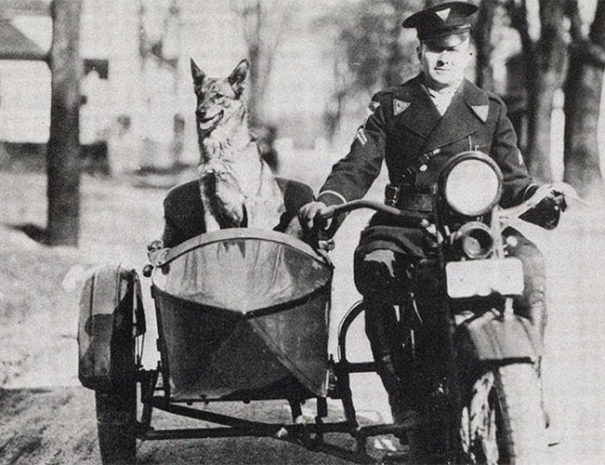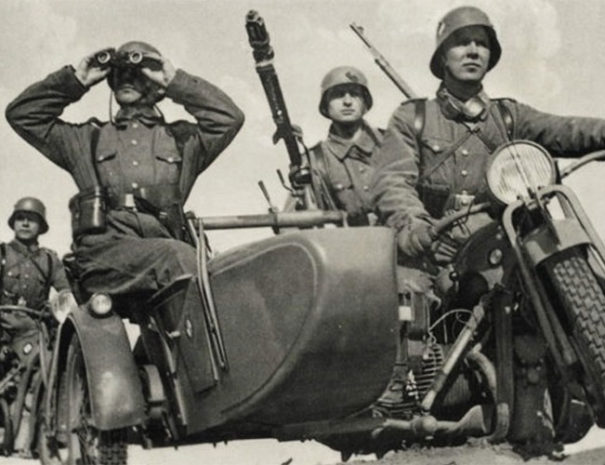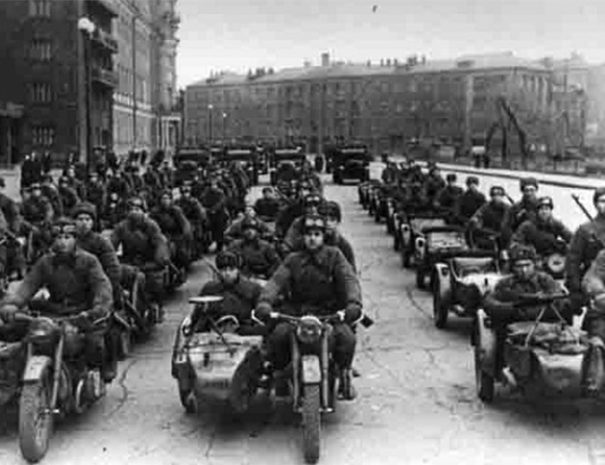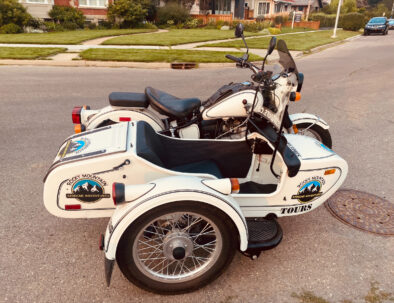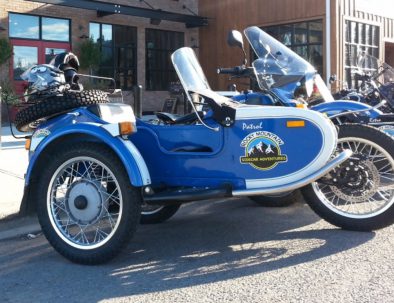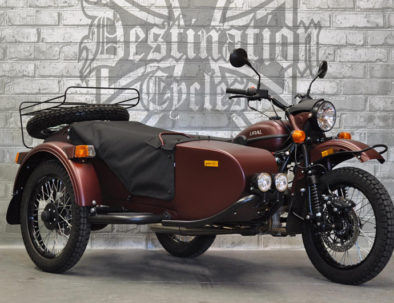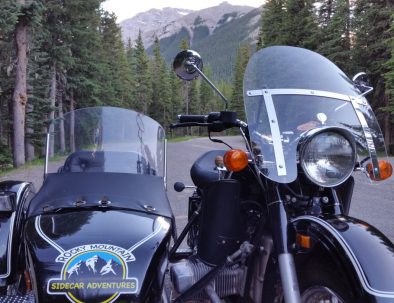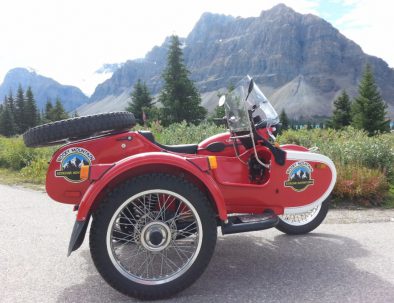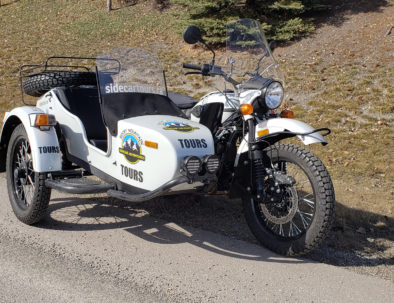Meet the Sidecars
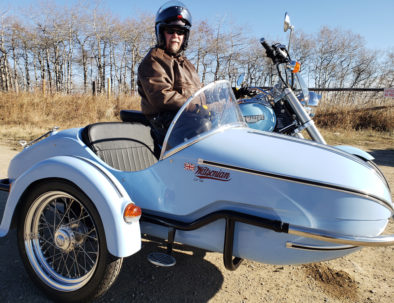
Wizard
Triumph America with Watsonian Sidecar
The Ural Story
The official version reads that, after long discussion and debate, the BMW R71 motorcycle was decided to most closely match the Red Army's requirements. Five units were covertly purchased through intermediaries in neutral Sweden and smuggled to Russia. Soviet engineers in Moscow busily dismantled the 5 BMWs. They copied every detail of the BMW design and made moulds and dies to produce their own engines and gearboxes in Moscow. Everything about the bike was reverse engineered. Early in 1941, the first trial samples of M-72 motorcycles were shown to Stalin, who immediately approved production of the motorcycles. (Incidentally, one of these original BMWs survives and is on display at the factory museum. Harley-Davidson also copied the BMW design, and delivered about 1,000 Harley-Davidson XA (Experimental Army) flat-twin shaft drive motorcycles to the US Army during World War II. Meanwhile, in Japan, Riyushko was busy copying Harley-Davidson V twins!) A more likely story is that the BMW factory supplied the construction drawings and casting moulds. As a result of the Molotov / Ribbentrop Pact, transfers of technology had taken place in support of their Soviet "friends" in different areas. Soviet engineers toured German aircraft factories and brought back complete cannons as samples. The OPEL Kadett was given to the Soviets just prior to the war; however, it commenced series production only toward the end of the war as the Moskvitch 400. In 1941, BMW began series production of R75, and did not resume production of R71. Supplying the Soviets with the superceded R71 model may have seemed a good idea at the time. A factory in Moscow was soon producing hundreds of Russian M-72 sidecar motorcycles. The Nazi Blitzkrieg was so fast and effective that Soviet strategists worried that the Moscow factory was within easy range of German bombers. It was decided to move the motorcycle plant further east, out of bombing range, into the middle of the resource rich Ural Mountain region. The chosen site was the small trading town of Irbit, located on the fringe of the vast Siberian steppes in the Ural Mountains. Irbit had, before the Revolution of 1917, been an important Trade and Fair center in Russia. The only substantial building in town was a brewery. It was soon converted into research and development headquarters, where long hours were spent preparing for the construction of a massive new production complex for the M-72. On October 25, 1942, the first M-72s were sent into battle. Over the course of World War II, 9,799 M-72 motorcycles were delivered to the front for reconnaissance detachments and mobile troops. (Shortly after World War II, large hubcaps were produced for a new model under development. This new model, called the Glock, was never made due to copyright laws. The hubcaps were eventually donated to nearby zoos, where they became playthings for the monkeys.) The history of Ural began with the glory of helping to defeat the terror of Hitler's armies on the Russian and European battlefields. After World War II the Factory was renovated, and in 1950, the 30,000th motorcycle was produced. In the late 1950s, a plant in the Ukraine took over the manufacture of Urals for military use, and the Irbit Motorcycle Works (IMZ) began to build Urals for domestic, civilian consumption. The popularity of the outfits grew steadily among Russians, and in the 1960s, the plant was turned over to full non-military production.
